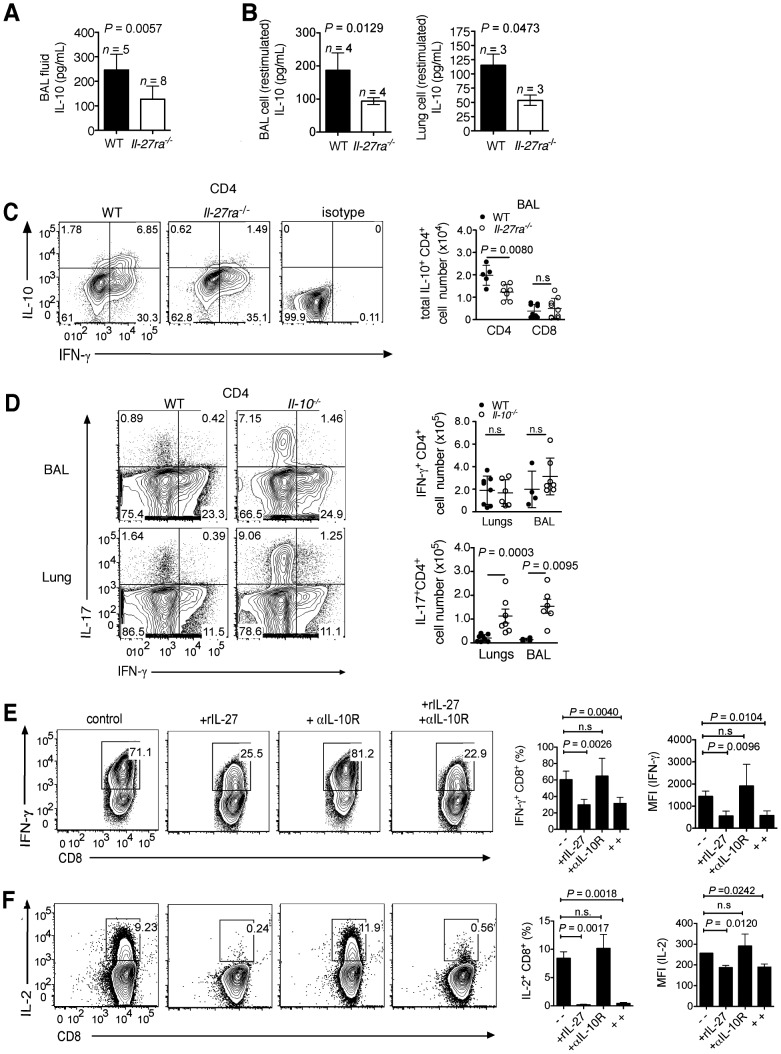Figure 3. IL-27 directly modulates IFN-γ production by T cells and indirectly regulates IL-17 response via IL-10.
Il-27ra−/− and C57BL/6 mice were infected with 2500 EID influenza virus. At 9 d.p.i, IL-10 levels in the (A) BAL fluid or (B) supernatants of enriched lymphocytes after PMA/ionomycin restimulation were determined by ELISA. (C) Total numbers of IL-10+ T cells in the BAL were analyzed by FACS after PMA/ionomycin restimulation. Representative FACS plots shown are gated CD4+ T cells from BAL. (D) Il-10−/− or C57BL/6 (WT) mice were infected with a sublethal dose influenza virus. At 7 d.p.i., influenza virus peptide-specific IFN-γ or IL-17-producing CD4+ T cells in the respiratory tract were assessed by FACS. (E and F) Naive CD8+ T cells were activated with plate-bound anti-CD3 and anti-CD28 in Tc1 polarizing conditions in the presence or absence of rIL-27 and/or anti-IL-10 receptor blocking antibody (αIL-10R). After 3 days (d), cells were transferred to plates, then media was replenished with rIL-2, rIL-27 and/or αIL-10R antibody for additional 2 d, for a total of 5 d in culture. IFN-γ or IL-2 production by Tc1 cells were analyzed by FACS. A to D were pooled from two independent experiments with similar results. E and F represent data from three independent experiments with similar results. P values were determined by unpaired two-tailed Student's t test. Values are means ± s.d. ns, not significant.

